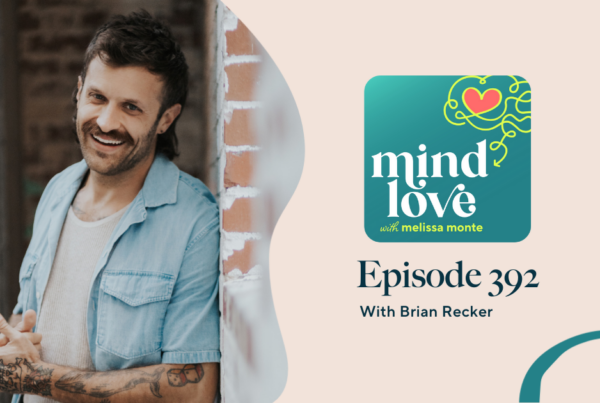
Life can often feel like a rollercoaster, with ups, downs, and unexpected twists in between. It’s during these challenging times that we need to lean on our spiritual toolbox. This collection of practices, techniques, and philosophies can help us navigate through life’s challenges and maintain our equilibrium.What is a Spiritual Toolbox?
A spiritual toolbox is a collection of practices, beliefs, and resources that help individuals manage their emotions, navigate through life’s challenges, and maintain a sense of peace and balance. It’s not a physical box but a metaphorical one, filled with tools that can be used for personal growth, self-improvement, and spiritual exploration.
“Your spiritual toolbox is your personal kit of resources that provide comfort, guidance, and insight during challenging times,” says leading spiritual teacher and author, Mark Nepo.
Building Your Spiritual Toolbox: Key Components
Building your spiritual toolbox is a deeply personal journey, and no two toolboxes are the same. While they may contain different elements based on individual beliefs and experiences, here are some key components:
1. Meditation and Mindfulness
Meditation and mindfulness are powerful tools for fostering inner peace and clarity. Regular practice can reduce stress, improve focus, and promote a sense of well-being.
Meditation techniques
There are numerous meditation techniques that can be included in your spiritual toolbox. Some popular ones include:
- Mindfulness meditation: Involves focusing on the present moment, accepting it without judgment.
- Loving-kindness meditation: Aims to cultivate an attitude of love and kindness towards everything, even stressors and challenges.
- Progressive relaxation: Also known as body scan meditation, it involves slowly tensing and then relaxing each muscle group in your body.
Mindfulness practices
Mindfulness involves being fully engaged in the present moment. It can be practiced in daily life by paying full attention to routine tasks, actively listening when someone is speaking, or simply being aware of the sensations in your body.
2. Yoga
Yoga is a mind-body practice that combines physical postures, breathing exercises, and meditation. It is a valuable tool for reducing stress, improving flexibility, and enhancing overall well-being.
Yoga styles
There are many styles of yoga, each offering unique benefits. Some popular ones include:
- Hatha: A gentle style that focuses on basic postures and breathing techniques.
- Vinyasa: A dynamic style that links movement and breath, often resulting in a vigorous workout.
- Yin: A slow-paced style that involves holding each pose for a longer period, often targeting the connective tissues in the body.
3. Affirmations
Affirmations are positive statements that can help you challenge and overcome self-defeating thoughts. They are often used to manifest a specific outcome or to reprogram the subconscious mind.
How to use affirmations
To use affirmations, start by identifying negative thoughts or beliefs that you’d like to change. Then, create a positive statement that directly counters the negative thought. Repeat this statement to yourself frequently, particularly during challenging times.
4. Journaling
Journaling is a therapeutic tool that can help you articulate thoughts and emotions, foster self-awareness, and track personal growth over time.
Benefits of Journaling
- Clarity: Writing down your thoughts and feelings can provide clarity and perspective.
- Catharsis: Expressing your emotions on paper can be a cathartic experience, providing a healthy outlet for stress and anxiety.
- Self-awareness: Journaling can help you become more aware of your thoughts, feelings, and behavioral patterns.
5. Reading Inspirational Material
Inspirational books, blogs, or podcasts can provide guidance, motivation, and new perspectives. They can serve as a source of comfort and inspiration during challenging times.
6. Nature
Spending time in nature can have profound healing and restorative effects. It can reduce stress, increase relaxation, and foster a sense of connection with the larger world.
Benefits of Nature
- Stress relief: Being in nature has been shown to lower stress hormones, reduce blood pressure, and promote a sense of calm.
- Inspiration: The beauty of nature can be deeply inspiring and invigorating.
- Connection: Spending time in nature can foster a sense of connection with the larger world, promoting feelings of awe and wonder.
Utilizing Your Spiritual Toolbox
Once you’ve filled your spiritual toolbox, it’s important to know how to use these tools effectively.
Recognizing Your Needs
Identify what you’re feeling and what you need at any given moment. Are you feeling anxious? Maybe a meditation or yoga session could help. Are you feeling disconnected? Perhaps spending time in nature or reading an inspirational book could provide comfort.
Prioritizing Self-Care
Your spiritual toolbox is an essential part of your self-care routine. Prioritize these practices and make them a regular part of your life. Set aside dedicated time each day to utilize these tools.
Being Patient and Kind to Yourself
Remember that personal growth and self-improvement are journeys, not destinations. Be patient with yourself and celebrate your progress. Practice self-compassion and kindness, especially during challenging times.
Conclusion
Building and utilizing a spiritual toolbox is a powerful way to navigate life’s ups and downs. It provides resources and practices to help manage emotions, maintain inner peace, and foster personal growth. Remember, your spiritual toolbox is deeply personal and unique to you. Fill it with tools that resonate with you and serve your journey towards self-improvement and personal growth.



